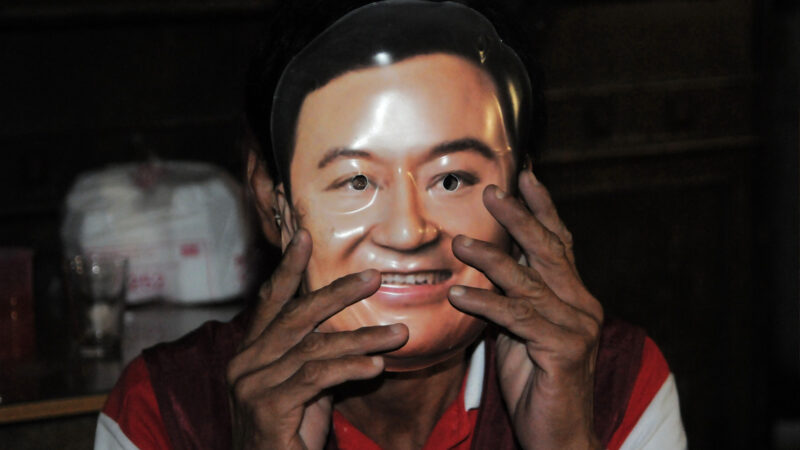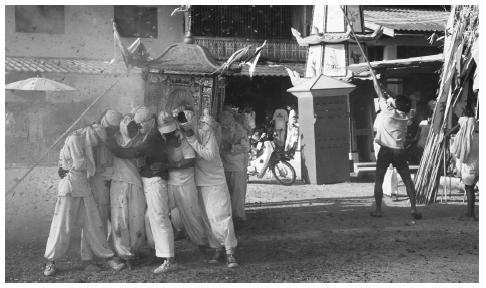On 24th July 2018, Perkosmi (Indonesian Cosmetic Association) held a seminar on “Building Your Local Brands: Winning Locally to Grow Globally” and I was delighted to speak on “How to Grow a Brand in Indonesia”. My presentation focused on understanding consumer motivations and habits, and getting beyond explicit behaviours and beliefs, to understand the implicit drivers of behaviour.
There are three key lessons for understanding Indonesian beauty:
1. Indonesian women are highly engaged and very optimistic about beauty.
2. While confidence is important on some occasions, Indonesian women are driven by other motivations in many of their regular beauty routines.
3. Halal certification is necessary but not sufficient for success.
Indonesia is a large and diverse country, where women are extremely engaged in beauty. In 2017, TapestryWorks conducted a Beauty Culture survey with more than 1,200 women across Australia, Indonesia, Thailand and UK. Indonesian women rated their interest in beauty higher than those in any other country, with 41% saying that they are extremely interested in beauty (even higher among Muslim women).
Indonesian women also use many products, on average 6.5 beauty products every day similar to Thailand and higher than in Australia and UK. The most commonly used products are facial cleanser, body lotion and lipstick. Putting these things together, Euromonitor predict that Indonesia will be in the top 5 markets for beauty category in 10 to 15 years (and others predict Indonesia to be top 10 by 2020).
What do Indonesian women want from beauty? In TapestryWorks’ Beauty Culture survey, we explored beauty motivations by asking women “What is the beauty that you desire for yourself?”, using 3 different sets of stimuli based around 36 emotional concepts from 12 motivational segments in the StoryWorks® model.
When asked this question using verbal concepts, the dominant answer was “confident”, chosen by 63% of Indonesian women and by 55% in UK, 53% in Australia and 49% in Thailand. The next most popular choice was “strong” chosen by 36% in UK, 30% in Australia and 22% in Thailand, but not a popular choice in Indonesia. Other choices received relatively few votes and no clear pattern.
These results show a very skewed view of beauty. Is this because of translation? In Bahasa Indonesia, the standard translation of confident is “percaya diri” which literally means “believe in yourself”, while in Thai the translation is more literally “sure hearted”. However, the consistency of “confidence” as a top choice, suggests that, whatever the merits of the translation, this verbal concept has high association with beauty – perhaps because it is a very obvious and literal answer in this category (being the global advertising norm for beauty). One other possible reason is that “confident” can mean many different things to different women in different countries on different occasions. Perhaps “confident” is a very fluid and broad concept.
In two other questions, TapestryWorks tested the same set of concepts as pictures, which have previously been shown to be consistent with the concepts. We tested a set of generic Western pictures across all four countries and in Indonesia we also tested a set of local pictures (i.e., with Indonesia faces and contexts).
The results for the Western images show a much more nuanced view of beauty motivations. The top 5 pictures were consistent across all the countries, but the differences in their rank order show clearly the cultural differences between Asian and Western culture. “Charismatic” (a version of confidence from the same motivational segment) was first in Indonesia and UK and second in Australia and Thailand.
However, an image of Hopeful was the second most popular choice in Indonesia and first in Thailand, while coming fifth in Australia and UK. Conversely, Strong was first in Australia and second in UK, but only fifth in Indonesia and Thailand. Empowerment is much more important to women in Australia and UK, while “hope” (related to innocence, optimism and purity) is more important to women in South East Asia.
In Indonesia, the results from the Indonesian pictures showed a very similar result, although the local version of “hope” was not first and the local version of “confidence” came second. In a separate study in 2017, TapestryWorks explored the emotions around beauty routines on different occasions, and this adds another level of detail to the quantitative findings.
Daily beauty routines are associated with natural looks and fewer products. In the morning, women are looking for energy and impetus for the day and are motivated to bring out their unique beauty. In the day-time, touching up make up is as much motivated by taking a break from work as it is by beauty and looks. And in the evening, women want to clean themselves (Jakarta is polluted) and then reconnect with their loved ones.
It is only on formal occasions that Indonesian women seek empowerment (related to physical and mental strength) and transformation (related to confidence). They use more treatments and products, stronger colours and sometimes more premium brands. On these occasions, they do want to look special and get noticed, making special occasions different from everyday beauty. Formal occasions are about confidence and glamour, while day-to-day beauty is natural and optimistic.
Brands that focus on confidence and empowerment may be targeting the wrong emotions for 95% of beauty needs! When asked about body image, Indonesian women have the most positive view of the four countries. And when asked about the ways they can best enhance beauty, Indonesian women choose smiling and showing their inner beauty, while other countries focus on diet and exercise.
These implicit values are very strongly related to the importance of inner beauty and the implicit values that lie behind women’s religious beliefs. The leading local cosmetic brands are mostly halal, although women can sometimes be misled by a brand that looks and feels local (until recently Pixy was not halal). In addition, local brands like Wardah, who were leaders in the move to halal certification are also popular among non-Muslim women.
I believe this is because they look and feel implicitly Indonesian and Muslim, as well as being explicitly halal. In Indonesia, the word that best encapsulates women’s implicit values is tulus (meaning sincere and truthful). This encapsulates values such as the importance of nature, the ritual value of purity and the virtue of modesty.
These care values that brands like Wardah capture better than international brands. While Wardah’s marketing is sometimes inconsistent (especially across different categories), their overall look and feel is very natural (natural in terms of lifestyle and tone). Shalini Janmohamed describes the brand as “soft, pure, elegant and modest”.
But the brand’s naturalness doesn’t extend to their ingredients and formulation, and their still exists a big opportunity for local brands that can build a platform based on sustainability and authentic natural ingredients.
Summing up, there are three key lessons for how to grow a brand in Indonesia:
1. Be positive and engaged.
2. Focus on natural, daily needs as well as special occasions.
3. Be implicitly Indonesian as well as explicitly halal.
Above all, brands need to better understand their customers. Doing this requires going beyond the explicit responses in standard market research, to gain an implicit understanding of the drivers of behaviour.
In a question and answer session at the end of the presentations, I referenced the quote, “fish don’t see water”. Sometimes local brands are so immersed in the culture that they miss important aspects of local women’s needs and focus too much on the international market and too little on local motivations.
In fact, the local market’s implicit bias to sincerity, modesty, naturalness and sustainability may create much greater opportunities for local brands in Indonesia and all around the world.
You can view the presentation materials at SlideShare here.







Nature or transformation? : Implicit beliefs, social pressure and cosmetic consumption – TapestryWorks
[…] [Thank you to Natalie Faust, Ying-yi Hong and George Christopoulos who did all the hard work in completing the additional studies and analysis for this paper. You can find the published paper online here, and also other articles based on this work published by WARC, NTU and Tapestry Works here and here.] […]